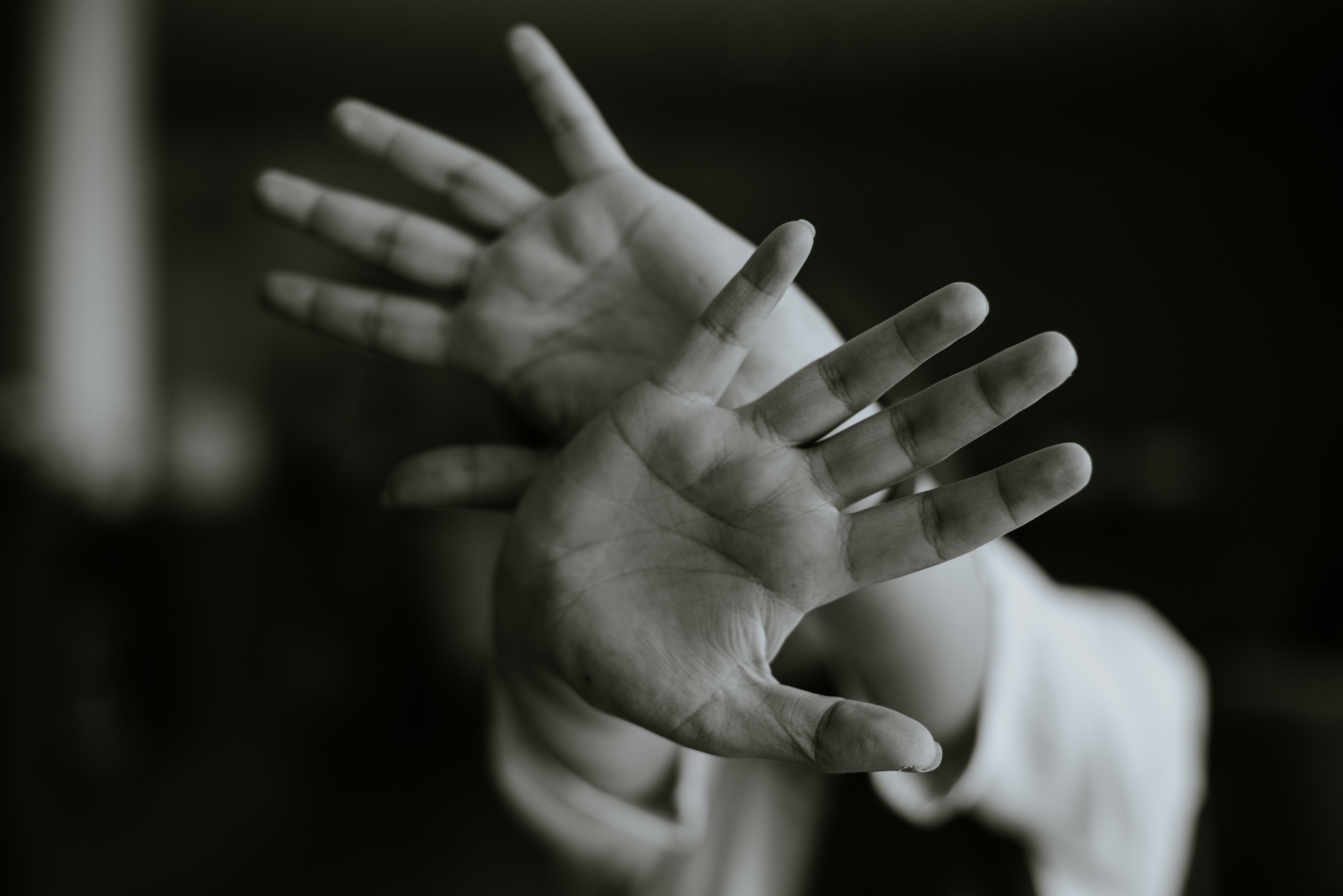Are you afraid of crumbs? A lot of people tend to harbor a strange fear of crumbs. The fear of crumbs is known as psichaphobia.
Should You Take Your Phobia Seriously?
Phobias are irrational fears of an object, circumstance, or living creature. While fear is a natural reaction to danger, phobias are often triggered by something unlikely to cause serious harm. In the case of psichapobia, the trigger is crumbs. When you confront the source of the phobia, you experience tremendous fear and anxiety.
If you have begun to organize your life around avoiding your source of fear, crumbs in your case, you have developed a phobia. It is more intense than a typical fear reaction. People with a phobia try to avoid anything that causes them anxiety.
Phobias cause stress and symptoms such as dizziness, nausea, and shortness of breath. In some circumstances, these symptoms progress to a full-fledged panic attack. Panic episodes are characterized by a racing heartbeat, palpitations, or an elevated heart rate.
There are various phobias, and each person responds differently to them. Psichaphbia tends to get worse for some people than others. The severity of the phobias affects the symptoms. People with severe psichaphobia may have panic attacks even when their object of fear, such as crumbs, is not present.
Psichaphobia is part of the anxiety disorder spectrum. As a result, you are likely to have symptoms similar to those associated with anxiety disorders.
What Are The Physical Symptoms of Psichaphobia?
People who are afraid of crumbs may frequently experience panic attacks. These panic attacks can be highly distressing. Symptoms may appear abruptly and without any preceding signs. A panic attack, regardless of how anxious one feels, can result in actual physical symptoms, including but not limited to the ones listed below:
- Sweating
- Tremors
- Chills or hot flashes
- Breathing difficulties or shortness of breath
- Feeling like you are choking
- Racing heartbeat
- A feeling of butterflies in your stomach
- Nausea
- Dizziness
- Headaches
- Tingling sensations or pins and needles
- Dry mouth
- Desire to use the restroom
- Ringing sensation in ears
- Disorientation or confusion
- Hyperventilation
- Chest pain and tightness
- High blood pressure
What Are The Psychological Symptoms of Psichaphobia?
In certain extreme circumstances, a person with psichaphobia may experience a panic attack when they come across their source of fear, crumbs.
One or more of the following symptoms may be present:
- Fear of losing control
- Fear of passing out
- Dreadful sensations
- Fear of death
- Apprehension of damage or sickness
- Humiliation, guilt, and self-blame
- Isolating oneself from others
- Feeling depressed or hopeless
- Disconnected feelings
- Confusion
- Inability to focus
- Angry, irritability, mood swings
In some rare circumstances, people experience psichaphobia in conjunction with other phobias. It can frequently harm a person’s daily life and mental health because it may severely restrict their life to the point that they cannot have an everyday personal and social life.
What Are Your Treatment Options For Psichaphobia?

People with psichaphobia do not typically opt for treatment. Instead, they cope with phobia symptoms by trying to avoid coming in contact with crumbs. However, it is not an effective coping strategy.
It is thus preferable to seek professional assistance. A professional may help you gain a deeper understanding of your phobia.
While most phobias are manageable, there is no single treatment that is certain to work for all of them. How fast your recover depends on the severity of your phobia. In some cases, a combination of treatments may be more beneficial.
Talking Therapy
The most generally used treatment technique for overcoming fear is talking therapy. It is also known as psychotherapy. It is the notion that talking about what bothers you might help with emotional distress.
A mental health practitioner may employ cognitive and behavioral tactics, including exposure to feared objects or circumstances, in their treatment plan for specific phobias.
Talking therapy aims to help the client feel better and deal with a disorder or circumstance more productively. You work together with your therapist to determine the objectives of your treatment.
There are usually two goals in mind when seeking talk therapy to treat phobias. The first goal is to assist the client in reducing their fear and anxiety, while the second goal is to help the client learn to adjust their response to their source of fear.
Some talk therapies also identify and resolve the underlying conflicts and dynamics or interpersonal relationships that contributed to the phobia.
How Do Talk Therapies Work?
Talk therapy starts with a first meeting in which you tell what brought you to therapy during this visit, which is psichaphobia in your case. It is called the presenting issue.
The therapist will then ask clarifying questions to determine the nature of the problem and its duration and severity. They will also attempt to assess your therapy objectives. The therapist will have the beginnings of a formulation of the problem and a future treatment plan at the end of the first session that they will share with you as a treatment guide.
The problem may necessitate more or fewer sessions than anticipated. Family members or friends may also be present in some sessions. Your therapist might advise you to join support groups.
What Is Group Talk Therapy?
It is a group setting that gives structure, support, and a sense of safety. Group members can often vent their thoughts, address their undesirable personality flaws, and experiment with behavioral changes in a safe and trustworthy setting. Building a sense of community takes some time and effort.
You can also attend seminars restricted to a single evening or weekend. These brief group sessions employ cognitive-behavioral treatment strategies offered to multiple participants simultaneously. The group setting may boost confidence by observing others overcome their obstacles effectively.
Medications
Though studies have shown that talk therapies are more effective in managing symptoms of phobias, a healthcare professional may recommend medications to alleviate short-term side effects.
There are three types of medications generally used to treat symptoms associated with phobias:
Antidepressants
Selective serotonin reuptake inhibitors (SSRIs) and monoamine oxidase inhibitors (MAOIs) are two categories of antidepressants that are effective for treating mood disorders such as depression. Still, they also include anti-anxiety properties that may be beneficial in treating phobias.
SSRIs for treating anxiety include Celexa, Zoloft, Prozac, and Paxil.
Tranquilizers
If your phobia has caused extreme anxiety, you can take a benzodiazepine tranquilizer such as Diazepam, Valium, Xanax, Klonopin, and Ativan. Benzodiazepines are potentially addicting. You can only take small doses of it for a short duration.
Beta-blockers
These are used to alleviate physical symptoms of anxiety, such as a racing heart, palpitations, and tremors. Beta-blockers are not psychiatric medications, so they do not alleviate psychological symptoms. But they are helpful in situations that cause your phobia. Examples include Inderal LA and Tenormin.
Lifestyle Changes and Self-Help
You can handle the anxiety that comes with your fear of crumbs by changing your lifestyle and employing other tactics such as
Mindfulness
It helps you learn to manage anxiety and eliminate avoidance habits.
Relaxation Techniques
Deep breathing, progressive muscle relaxation, and yoga can help with anxiety and stress.
Physical activity
Exercise may be beneficial in reducing anxiety caused by specific phobias.
Since psichaphobia, or fear of crumbs, is one of the rarest phobias, there hasn’t been much research into how it manifests. If the phobia interferes with your quality of life, you can seek professional assistance through behavioral therapy and medications. You can also join support groups and use self-help strategies to manage phobia symptoms.

